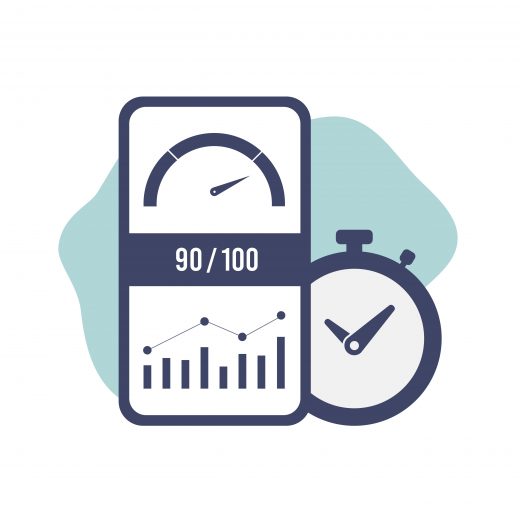A New Core Web Vitals Metric is Coming

If you work in marketing or manage a website, you’ve probably heard of Core Web Vitals (CWVs). They are a set of metrics introduced by Google that evaluate the user experience of a website. These metrics focus on three key factors: loading speed, interactivity, and visual stability.
The loading speed is measured by Largest Contentful Paint (LCP), which evaluates the time it takes for the main content of a webpage to load. Interactivity is measured by First Input Delay (FID), which evaluates the time it takes for a webpage to respond to user input. Finally, visual stability is measured by Cumulative Layout Shift (CLS), which evaluates the stability of the visual elements of a webpage.
It’s crucial for website owners to pay attention to Core Web Vitals because they impact the website’s search engine ranking and ultimately, its ability to attract and retain users. If you’ve noticed your keyword rankings have dropped recently, it could be because your Core Web Vital scores are too low.
What is the New Core Web Vitals Metric?
As we all know by now, Google likes to keep us on our toes. We’ve just started to wrap our heads around CWVs and now they are adding a new metric, called Interaction to Next Paint (INP). This metric will replace the First Input Delay metric and will measure the time it takes for a webpage to become interactive after the user initiates an action, such as clicking a button or scrolling.
This metric is important because it provides insight into the user experience of a webpage, specifically how responsive it is to user input. A slow INP can lead to frustration and a poor user experience, potentially causing users to leave the webpage and look for alternatives. By measuring INP, website owners can identify areas for improvement and optimise their webpages to provide a better user experience. For instance, if the user clicks to close an image and it doesn’t immediately close, this would contribute to poor INP and would need to be fixed.
FID is not an adequate enough measurement of responsiveness because it only evaluates the delay time for an interactive element to become responsive, but not the amount of time it then takes for the websites to react to those interactions. So, in simple terms, INP is a more accurate measurement.
Google have been generous with this update, by offering us plenty of time to adjust. The new metric will officially become stable in March 2024, but has been available through PageSpeed Insights and other third party sites in an experimental capacity since May 2022.
If you require any help improving your Core Web Vital scores, or you’re concerned about how they might be impacting your keyword rankings, don’t hesitate to get in touch with your account manager or contact us here.







